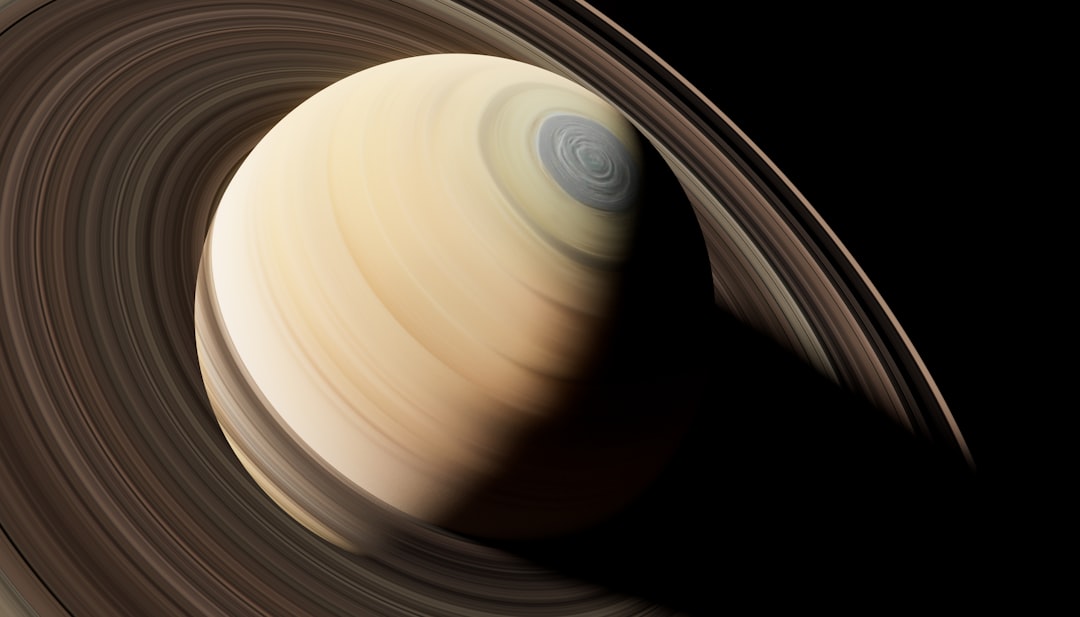What is it about?
It is not exactly known when, where, or how humans first learned to make glass. The legends tells us that a Phoenician sailor (by other historians, a Roman sailor), cooking the evening meal on beach, sets the pots on top of stones of natron (a natural mixture of sodium carbonate decahydrate, sodium bicarbonate along with small quantities of household salt). As the cooking fire heated both these stones and the sand below, an unknown liquid began to flow and that was the origin of man-made glass.
Featured Image
Why is it important?
Glass products have applications in design engineering, and they can solve many special problems. These materials can work in situations in which plastics and metals would fail and need to be part of designer’s repertoire. In some situations, by using these materials, some difficult problems would be solved.
Perspectives
This paper contains a number of chapters as follows: a brief about ceramics family, a short history of glass, a brief about physics and the technology of glass fabrication, recently developed glasses with special destinations, testing methods and news about glass parts processing (grinding, waterjet processing, laser cutting, nanoimprint lithography, etc.). The last chapter of this review paper contain some strategic lines of glass usage in industry and estimations about the future of glass development.
Prof.dr. Eugen Axinte
Universitatea Tehnica Gheorghe Asachi din Iasi
Read the Original
This page is a summary of: Glasses as engineering materials: A review, Materials & Design (1980-2015), April 2011, Elsevier,
DOI: 10.1016/j.matdes.2010.11.057.
You can read the full text:
Contributors
The following have contributed to this page










